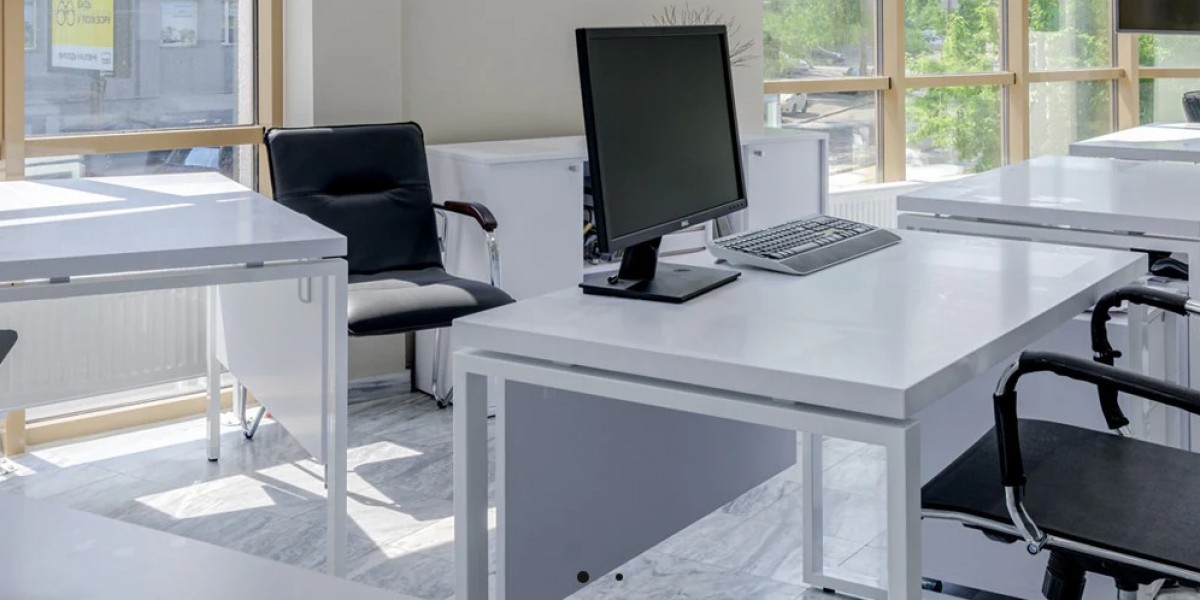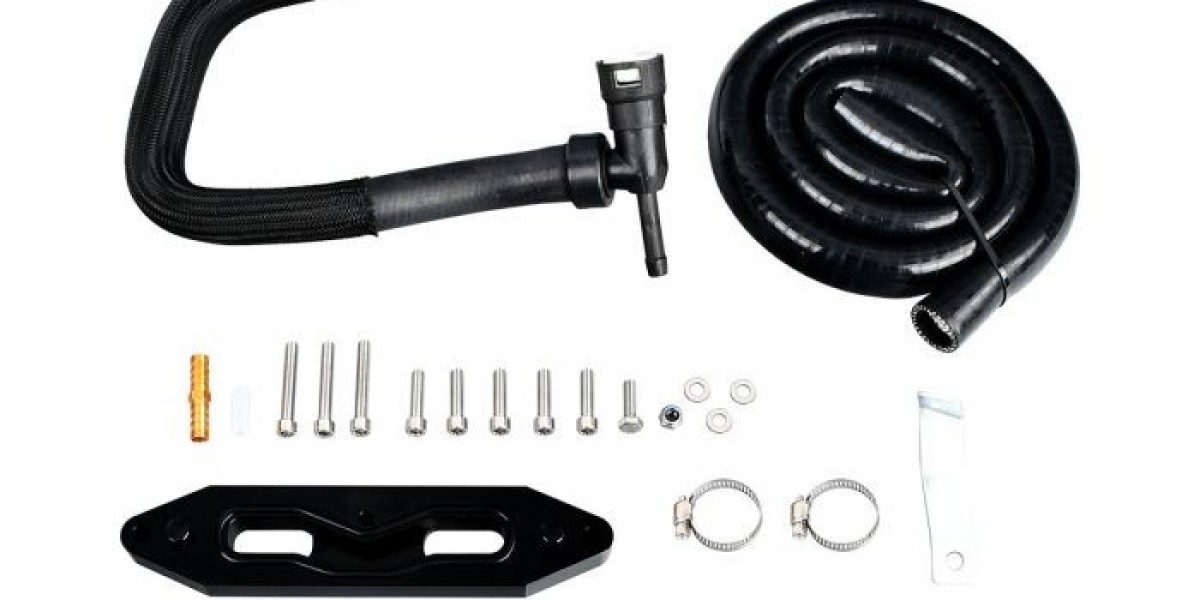Boosting employee engagement through dynamic office furniture layouts involves creating a workspace that encourages collaboration, flexibility, and comfort. A well-designed office layout can enhance productivity, creativity, and satisfaction among employees. Heres how to use office furniture layouts to engage your team effectively:
1. Encourage Collaboration
- Open Workspaces: Design open-plan layouts that foster communication and teamwork. Use benches or clusters of desks to facilitate interaction and idea-sharing among employees.
- Breakout Areas: Create dedicated breakout areas with comfortable seating for informal meetings, brainstorming sessions, or quick team discussions. Use modular furniture that can be easily rearranged to accommodate different group sizes.
2. Promote Flexibility and Mobility
- Adjustable Workstations: Invest in height-adjustable desks and mobile furniture that allow employees to change their working position and location throughout the day. This flexibility supports different work styles and promotes a more dynamic work environment.
- Hot Desking: Implement hot desking policies that encourage employees to choose where they work each day. This can foster cross-departmental collaboration and make better use of available space.
3. Design for Comfort and Well-being
- Ergonomic Furniture: Provide ergonomic chairs and desks that support good posture and reduce physical strain. Consider options with adjustable armrests, lumbar support, and comfortable materials.
- Quiet Zones: Designate quiet zones or individual workspaces for focused tasks that require concentration. Use soundproofing materials or acoustic panels to minimize distractions.
4. Incorporate Technology
- Integrated Technology: Choose furniture with built-in power outlets, USB ports, and charging stations to support the seamless use of technology. Provide digital screens or interactive whiteboards for presentations and collaborative work.
- Smart Furniture: Consider smart furniture with features like sensor-activated lighting or climate control to enhance comfort and productivity.
5. Create a Visually Appealing Environment
- Color and Design: Use colors and design elements that reflect the companys brand and inspire creativity. Consider bold accent colors or artwork to add visual interest and stimulate engagement.
- Natural Elements: Incorporate natural materials and greenery to create a calming and inviting atmosphere. Plants can improve air quality and boost employee well-being.
6. Facilitate Informal Interactions
- Social Spaces: Design social spaces, such as lounges or kitchen areas, where employees can relax and engage with colleagues. Include comfortable seating and amenities that encourage informal conversations.
- Activity-Based Areas: Create areas for specific activities, such as gaming zones or creative workshops, to encourage team bonding and provide mental breaks.
7. Optimize Space Utilization
- Multi-Functional Spaces: Use multi-functional furniture and spaces that can serve different purposes, such as conference rooms that double as training centers or lounge areas that convert into meeting rooms.
- Efficient Layouts: Plan layouts that maximize the use of available space while allowing for easy navigation and accessibility. Consider employee flow and the placement of key resources.
8. Personalize Workspaces
- Customization Options: Allow employees to personalize their workspaces with decor, plants, or personal items. This can create a sense of ownership and increase engagement.
- Flexible Storage Solutions: Provide flexible storage options, such as lockers or mobile pedestals, that employees can use to store personal belongings and work materials.
Conclusion
Boosting employee engagement with dynamic office furniture layouts involves creating a flexible, collaborative, and comfortable workspace that adapts to the needs of your team. By incorporating ergonomic furniture, technology integration, and visually appealing design elements, you can foster a positive work environment that enhances productivity and satisfaction. Personalization and the thoughtful use of space further contribute to a dynamic office layout that engages and inspires employees.☺







